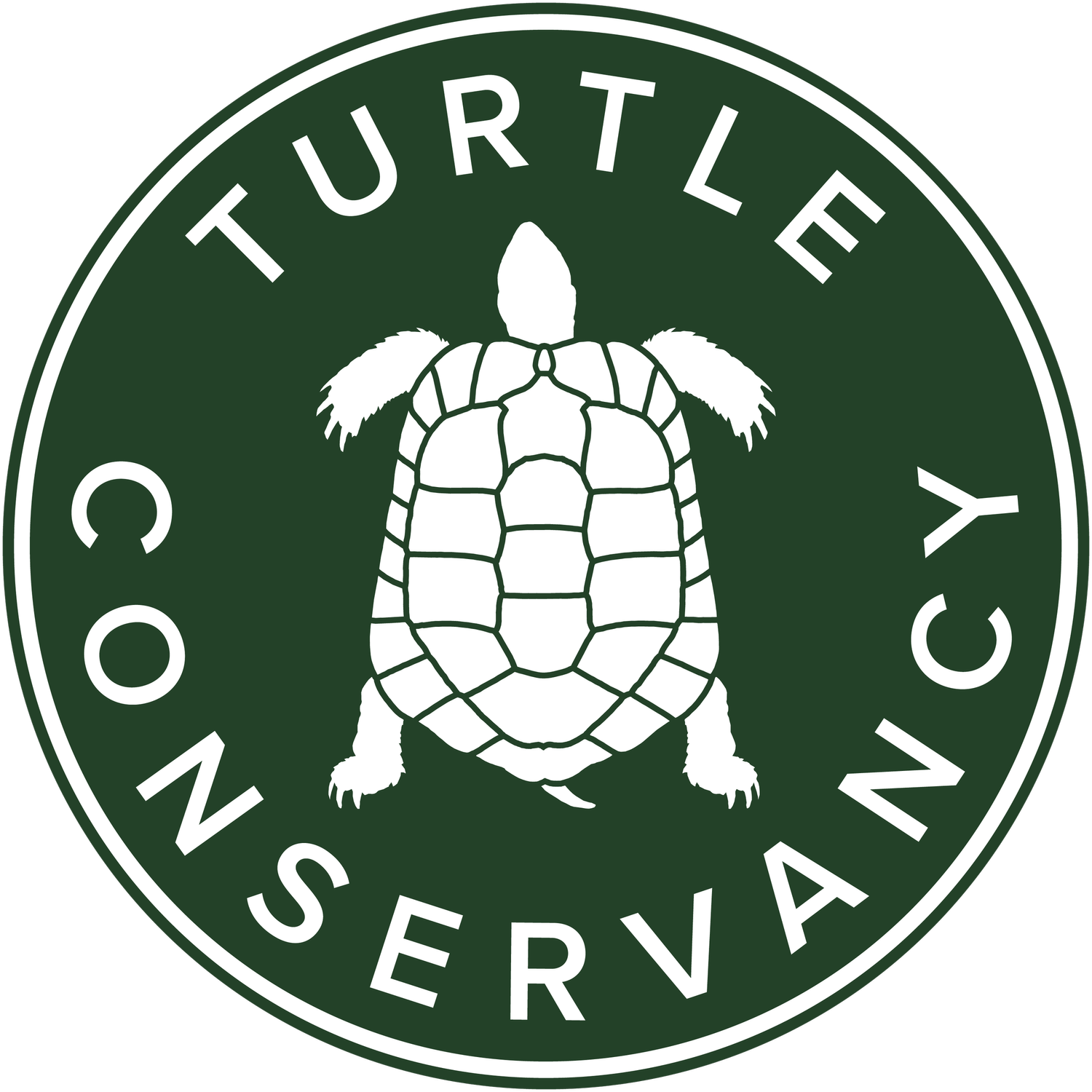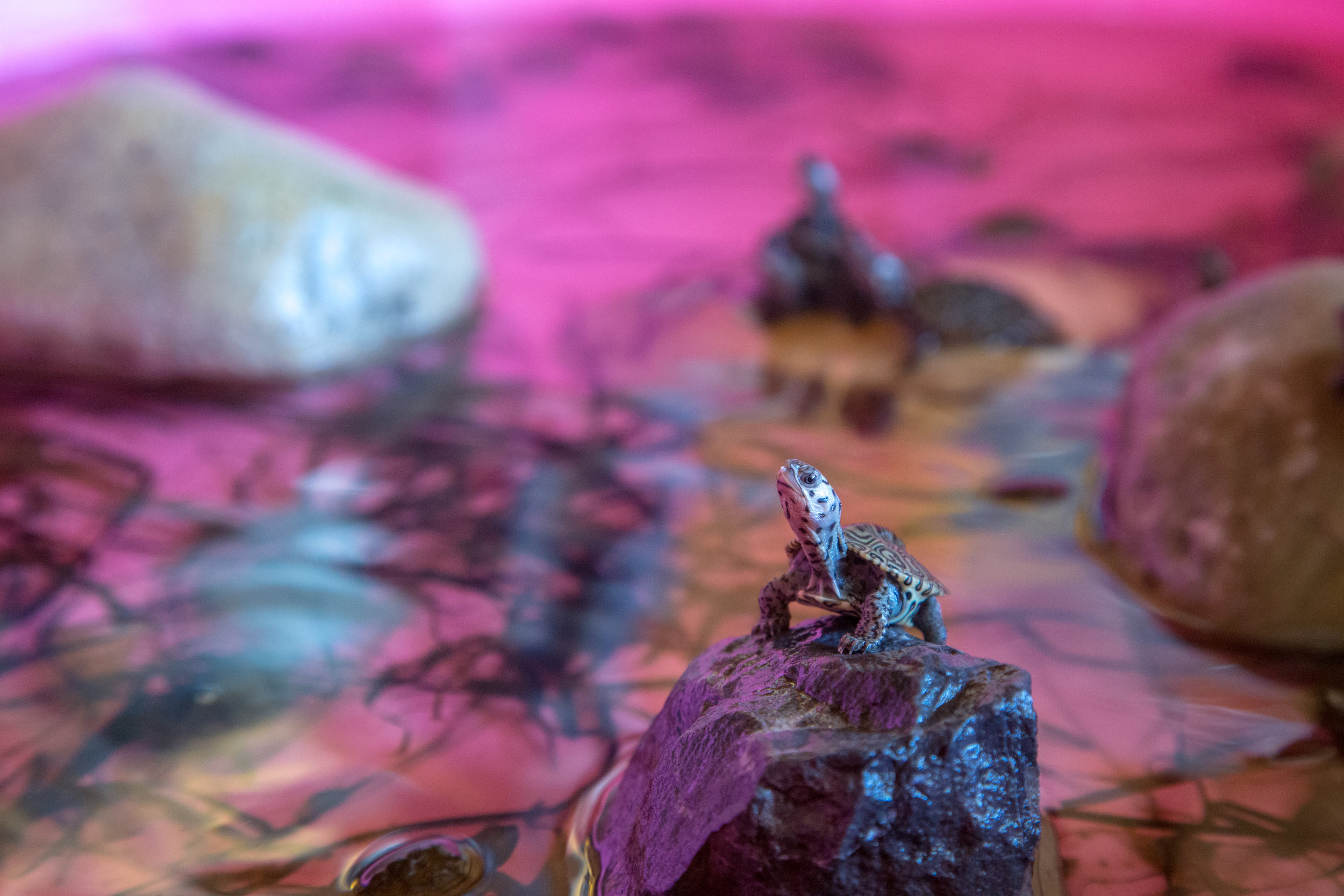From late May to early October, Terrapin Nesting Project (TNP) founder Kathy Lacey jumps into her car every single Wednesday morning at 4:00 am and drives 82 miles from Philadelphia to her native Long Beach Island, where she will stay three days checking on terrapin nests, caring for hatchings and helping release them into the sheltered Barnegat Bay.
Kathy believes 2019 has been her busiest nesting and hatching season, and she estimates a record-breaking year of hatchlings (although she will only know the exact numbers in late October). In 2018, the TNP released 3,599 hatchling terrapins.
As the TNP grows, 152 new volunteers signed up this season to donate their time and patrol nests as often as every half an hour looking for hatchlings. Since the TNP was created in 2011, Kathy and her team have released 13,672 hatchlings, not including this year’s figures. As terrapins control periwinkle and invertebrate populations, the TNP’s efforts enable the return of native seagrass beds and other native wildlife, giving the conservation project much reason to shellebrate.
Females who laid their eggs on TNP sites were microchipped for the first time in 2019, sponsored in part by the Turtle Conservancy. This will help track animals year to year and discover potential poaching events. All relevant data about the individual animals was collected in a citizen science effort to better understand population dynamics of nesting females. Nests will soon also be marked with glass sticks crafted by one of the volunteers instead of the old wooden ones, which did not withstand the many downpours of rain this season.
“My long term aim is to create an education center in the area which can benefit not only the animals and wildlife but the greater New Jersey community,” said Kathy. “Thanks to the terrapins coming back to our shores we see less invasive species, more beneficial vegetation, and more diverse and healthy wildlife in our bays.”
This year’s increased rainfall also had a direct impact on the eggs, as water got flooded many of the nests. This causes a CO2 build up in the egg, which makes it difficult for the hatchlings to breathe. As a result, the hatchlings pip out of the egg often before fully absorbing their yolk sac, leaving the TNP’s Intensive Care Unit well occupied with many recuperating hatchlings. These turtles will enjoy each other’s company and daily supervision until they have fully absorbed their yolk sacs and can be released.
As Kathy and her group of amazingly dedicated helpers get ready to release more hatchlings into the quiet bay on a busy Wednesday morning, she manages to respond to an injured juvenile terrapin that has been brought to the TNP. A family found it in their front yard and called the Turtle Conservancy for advice. “Bring it to the TNP,” we said, “if it has a chance of survival, it will be there.”
If you would like to volunteer, go to https://www.terrapinnestingproject.org and follow links for how you can help.







